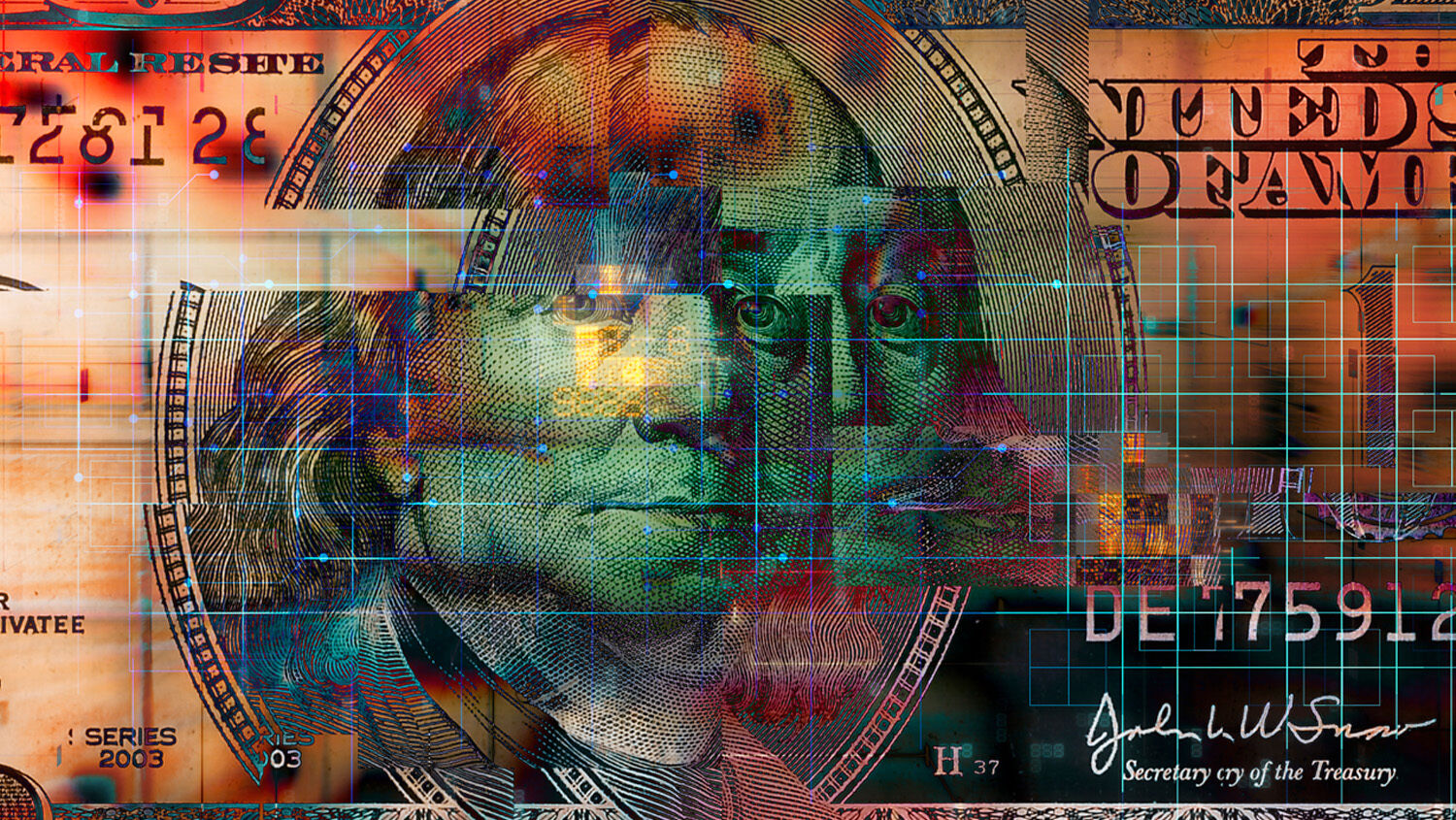
President Trump Fights to Keep Dollar as World Reserve Currency
Communist China wants to dethrone the United States dollar as the world’s reserve currency. The Chinese yuan is not strong enough to replace the dollar as a foreign exchange currency, but this does not bother China’s Politburo. They like their currency weak. It makes Chinese goods cheap. Their plan to dethrone the dollar does not require a new reserve currency. It requires a new platform for cross-border settlements.
Such a digital platform is swiftly becoming a reality.
Soon after China launched a digital yuan in April 2021, the Swiss-based Bank for International Settlements launched its mBridge (aka, Multiple cbdc Bridge). This project is designed to tie together central bank digital currencies from China, Hong Kong, Saudi Arabia, Thailand and the United Arab Emirates. Once operational, these five nations will not need to use dollars in cross-border payments. The mBridge system will use blockchain technology to convert digital yuan into digital riyal and digital daht into digital dirham.
The mBridge countries would be independent of the U.S.-supervised financial system and eliminate their need for dollar reserves. This would be a major problem for the U.S., which needs foreign nations to keep buying U.S. treasury bonds so it can pay the interest on its $36 trillion national debt.
To preserve the dollar as the world reserve currency, the former Biden administration announced plans to design its own central bank digital currency, which was dubbed the “digital dollar” or “FedCoin.”
FedCoin would allow the U.S. to participate in its own mBridge-style system. Yet it would also be a nightmare for freedom. Unlike private cryptocurrencies that operate in decentralized systems, central bank digital currencies are issued, backed and controlled by central banks. This gives these banks—and the governments that support them—the power to monitor every digital monetary transaction. China is already using a digital yuan as a mass surveillance tool, and FedCoin would give the U.S. government the same power.
The Make America Great Again movement is staunchly against FedCoin and all other central bank digital currencies. But constitutional conservatives don’t want the dollar to lose its reserve currency status either, at least not until America has paid down enough of its debt that it does not need to sell treasury bonds.
Caught between a rock and a hard place, U.S. President Donald Trump has taken action. On January 23, he signed an executive order titled “Strengthening American Leadership in Digital Financial Technology.” It bars federal agencies from developing a central bank digital currency while promoting the development of lawful and legitimate dollar-backed stablecoins worldwide. Its intention is to prevent an Orwellian surveillance state from hijacking America while simultaneously allowing the dollar to join digital blockchain networks.
A stablecoin is a cryptocurrency where the value of the digital asset is pegged to another currency or asset. Stablecoins like Circle or Tether are redeemable 1:1 for U.S. dollars, so people can use these cryptocurrencies to participate in a blockchain network and then cash out for dollars whenever needed. Tech entrepreneur Elon Musk uses stablecoins to send money internationally because it’s instantaneous and cheaper than traditional banking rails, yet does not come with the privacy concerns associated with central bank digital currencies.
Only time will tell how President Trump’s stablecoin strategy will play out. So far, its main effect has been to prompt the European Central Bank to fast-track the development of a digital euro. European Central Bank board member Piero Cipollone warned that stablecoins tied to the dollar could threaten European banks. Therefore, Cipollone wants the eurozone to launch its own central bank digital currency similar to the Chinese yuan.
It seems that the cryptocurrency world is now dividing into two giant currency blocs: a U.S.-led bloc promoting stablecoins and a Euro-Asian block promoting central bank digital currencies. It is great that President Trump is fighting back against the central bank digital currency network China has been developing for the past four years, yet Bible prophecy indicates America will not do well against the economies allied against it.
In his booklet Isaiah’s End-Time Vision, Trumpet editor in chief Gerald Flurry explains that the Bible predicts the world economy will be dominated by three power blocs in the end time: Tyre, Tarshish and Kittim. Tyre, he explains, represents the commercial center of the modern-day European Union; Tarshish represents modern-day Japan; Kittim represents modern-day China. Isaiah 23:1-3 say that the merchants of Tarshish will mourn when Tyre is overthrown. This shows that Japan and China are in a close partnership with Europe.
Other Bible prophecies, such as Leviticus 26 and Deuteronomy 28, show that the nations of Israel (the U.S. and Britain primarily) will be besieged in their gates until their high and fenced walls come down. This shows that the Isaiah 23 “mart of nations” is an anti-American alliance with no interest in trading in dollars. This means the process of international trade that the dollar currently provides will be replaced.
China has been working for years on a digital blockchain network with the ability to bypass America. President Trump recognizes that China’s plans are a threat to America and is taking steps to counter Chinese ambition. These steps are awakening Europe to its need to get in the game by developing its own digital currencies.
We must watch all of these moves closely. The crypto-revolution could dethrone the dollar and transform global finances to an extent not seen since the Chinese introduced the world to paper money.
To learn more, read “Will Blockchain Block Out America?”
